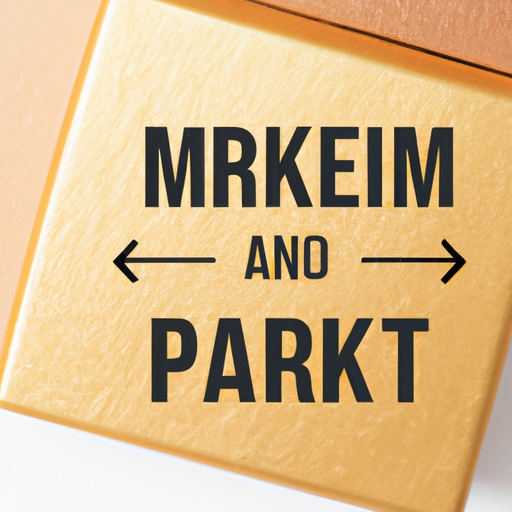The premium market is a rapidly growing sector that encompasses a wide range of products and services that are considered to be of higher quality, luxury, or exclusivity. From premium cars and designer clothing to gourmet foods and luxury vacations, the premium market caters to consumers who are willing to pay a premium price for superior quality and prestige.

One of the key drivers of the premium market is the growing affluence of consumers in emerging markets such as China, India, and Brazil. As these economies continue to grow, more consumers are able to afford premium products and services, leading to increased demand for luxury goods and experiences. In addition, the rise of the middle class in these countries has created a new segment of consumers who are willing to pay a premium for higher quality and status symbols.
Another factor driving the growth of the premium market is the increasing focus on sustainability and ethical consumption. Consumers are becoming more conscious of the environmental and social impact of their purchases and are willing to pay more for products that are ethically sourced, environmentally friendly, and socially responsible. This has led to the rise of premium brands that prioritize sustainability and ethical practices, attracting a growing number of environmentally conscious consumers.
The premium market is also benefiting from the rise of e-commerce and digital marketing, which have made it easier for premium brands to reach a global audience and connect with consumers in new and innovative ways. Online platforms and social media channels allow premium brands to showcase their products, engage with customers, and create personalized shopping experiences, driving sales and brand loyalty.
In addition to traditional luxury categories such as fashion, jewelry, and automobiles, the premium market is expanding into new sectors such as wellness, technology, and experiences. Premium wellness brands offering organic skincare products, holistic treatments, and wellness retreats are gaining popularity among health-conscious consumers seeking a holistic approach to self-care. Premium technology brands offering cutting-edge gadgets, smart devices, and personalized services are attracting tech-savvy consumers looking for the latest innovations and convenience.
Overall, the premium market is a dynamic and evolving sector that offers a wide range of opportunities for brands and businesses to tap into the growing demand for high-quality, luxury, and exclusive products and services. With the global premium market size expected to continue growing in the coming years, there is ample room for innovation, creativity, and differentiation in this competitive and lucrative market.
The premium market is a rapidly growing sector that encompasses a wide range of products and services that are considered to be of higher quality, luxury, or exclusivity. From premium cars and designer clothing to gourmet foods and luxury vacations, the premium market caters to consumers who are willing to pay a premium price for superior quality and prestige.

One of the key drivers of the premium market is the growing affluence of consumers in emerging markets such as China, India, and Brazil. As these economies continue to grow, more consumers are able to afford premium products and services, leading to increased demand for luxury goods and experiences. In addition, the rise of the middle class in these countries has created a new segment of consumers who are willing to pay a premium for higher quality and status symbols.
Another factor driving the growth of the premium market is the increasing focus on sustainability and ethical consumption. Consumers are becoming more conscious of the environmental and social impact of their purchases and are willing to pay more for products that are ethically sourced, environmentally friendly, and socially responsible. This has led to the rise of premium brands that prioritize sustainability and ethical practices, attracting a growing number of environmentally conscious consumers.
The premium market is also benefiting from the rise of e-commerce and digital marketing, which have made it easier for premium brands to reach a global audience and connect with consumers in new and innovative ways. Online platforms and social media channels allow premium brands to showcase their products, engage with customers, and create personalized shopping experiences, driving sales and brand loyalty.
In addition to traditional luxury categories such as fashion, jewelry, and automobiles, the premium market is expanding into new sectors such as wellness, technology, and experiences. Premium wellness brands offering organic skincare products, holistic treatments, and wellness retreats are gaining popularity among health-conscious consumers seeking a holistic approach to self-care. Premium technology brands offering cutting-edge gadgets, smart devices, and personalized services are attracting tech-savvy consumers looking for the latest innovations and convenience.
Overall, the premium market is a dynamic and evolving sector that offers a wide range of opportunities for brands and businesses to tap into the growing demand for high-quality, luxury, and exclusive products and services. With the global premium market size expected to continue growing in the coming years, there is ample room for innovation, creativity, and differentiation in this competitive and lucrative market.